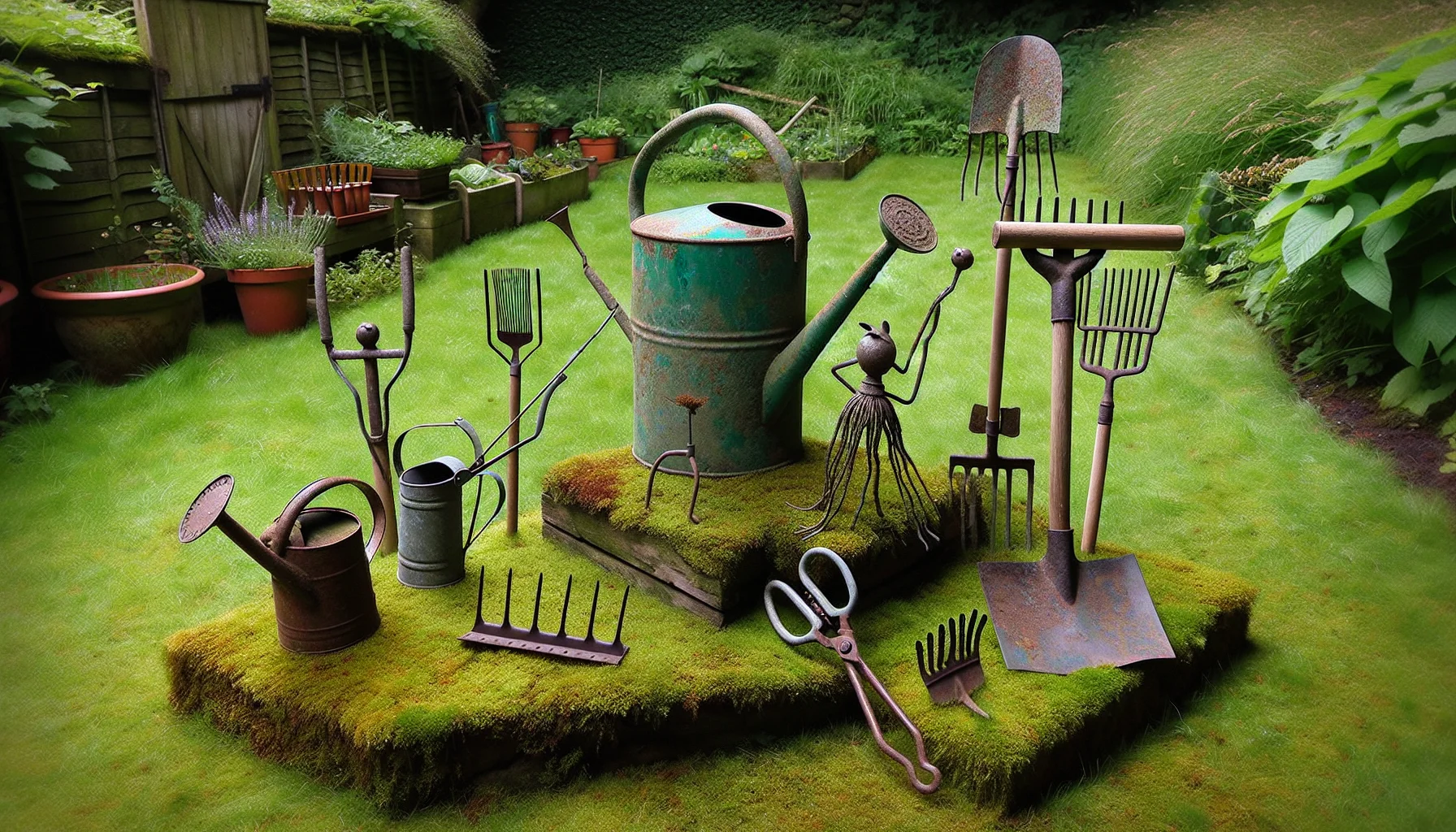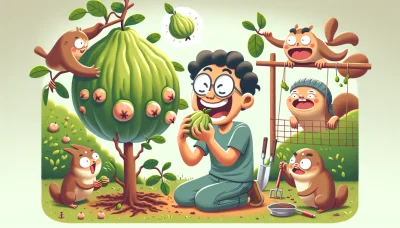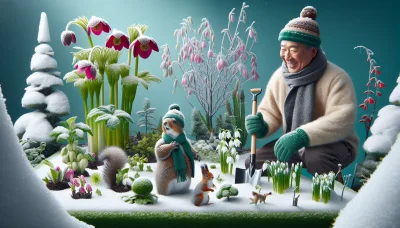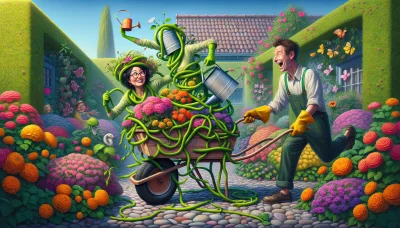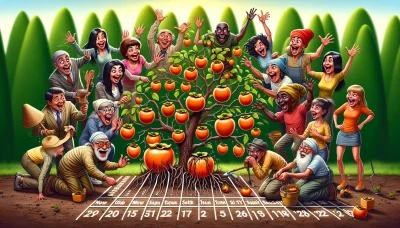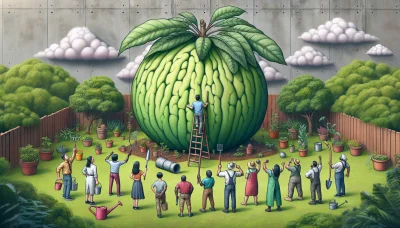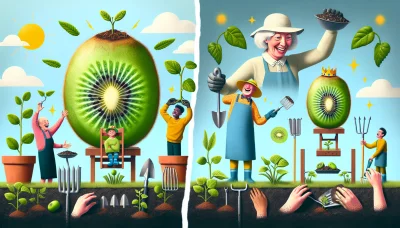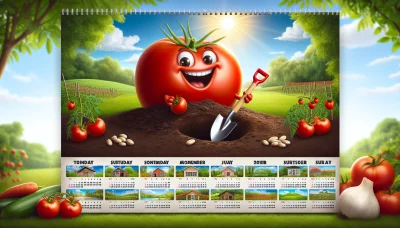Old garden tools Quiz
Test Your Knowledge
Question of
The Charm of Old Garden Tools
There's something inherently special about old garden tools that goes beyond their practical use in tending to gardens. These tools carry with them a sense of history, a connection to past generations of gardeners who have used them to nurture and cultivate the earth. The wear on their handles and the patina on metal parts are not just signs of age but of the countless hours spent in the company of plants and soil, creating beauty and sustenance. Beyond their aesthetic and nostalgic value, old garden tools are often of superior quality, built to last and perform tasks with efficiency and ease that modern tools sometimes lack. This blend of utility, beauty, and connection to the past makes old garden tools cherished possessions in the eyes of many gardeners, embodying a timeless appeal that transcends generations.
Types of Old Garden Tools
- Hand Trowels: A small tool with a pointed, scoop-shaped metal blade and a handle. It is used for digging small holes, planting, and weeding.
- Spades: A tool with a broad, flat, metal blade and a long handle. Spades are used for digging, cutting earth, and turf, and are essential for any garden work that requires moving soil.
- Pruning Shears: Also known as secateurs, these are strong scissors used for cutting plant stems and branches. They are vital for maintaining plant health and shaping.
- Rakes: A rake has a long handle and a wide head with tines. It is used to gather leaves, grass clippings, and other debris, as well as to smooth soil or mulch.
Caring for Your Old Garden Tools
Maintaining and restoring old garden tools is not only a way to preserve their functionality but also to honor the tradition of gardening itself. Start by cleaning your tools after each use, removing soil and debris with a stiff brush. To prevent rust, apply a light coat of oil on metal parts. Sharpening blades and shears regularly ensures clean cuts, which are better for your plants. Wooden handles can be rejuvenated with sandpaper to remove splinters and then treated with linseed oil to prevent drying and cracking. Storing tools in a dry, sheltered place will protect them from the elements. By following these simple steps, you can keep your old garden tools in good condition for many years to come.
The Benefits of Using Old Garden Tools
Old garden tools offer a myriad of benefits that go beyond their initial purpose. One of the most significant advantages is their environmental benefit. By reusing and repurposing old tools, we reduce waste and the need for new resources, contributing to a more sustainable practice of gardening. Additionally, the durability of these tools is often unmatched. Crafted in an era where longevity was valued, many old garden tools are made from high-quality materials designed to last, reducing the need to constantly replace them. Beyond their practicality, these tools carry a unique character. Each wear mark, rust patch, and smoothed handle tells a story of gardens past, adding a layer of history and personality to the gardening experience that new tools simply cannot replicate.
How to Find and Collect Old Garden Tools
Finding and collecting old garden tools can be a rewarding hobby for gardening enthusiasts and antique lovers alike. One of the best places to start your search is at local flea markets, where vendors often sell a variety of vintage items, including garden tools that have been lovingly used over the years. Estate sales are another treasure trove for collectors, offering the chance to explore a more curated selection of tools that may have been part of a gardening enthusiast's collection. Online marketplaces are also invaluable resources, connecting you with sellers from around the world. When adding to your collection, look for tools with solid construction, historical significance, or unique design elements. These characteristics not only add to the aesthetic appeal of your collection but can also enhance its value over time.
Incorporating Old Garden Tools into Garden Decor
Transforming old garden tools into decorative elements can add a unique and rustic charm to your garden. Consider hanging weathered shovels and rakes along a fence to create an artful display, or repurpose a vintage wheelbarrow as a picturesque planter for vibrant flowers. Old watering cans can serve as charming pots for small plants or herbs, while metal trowels can be turned into whimsical garden markers for your vegetable patch. By creatively repurposing these tools, you not only celebrate the history of gardening but also enhance the aesthetic appeal of your outdoor space with a touch of nostalgia.
Old Garden Tools: A Link to Gardening's Past
| Tool | Old Version | Modern Version |
|---|---|---|
| Shovel | Wooden handle, iron head, manually forged | Fiberglass handle, stainless steel head, machine manufactured |
| Hand Trowel | Wooden handle, iron, simple design | Ergonomic handle, lightweight metals or composite materials, designed for comfort |
| Watering Can | Galvanized steel, large, heavy, one spout size | Plastic or lightweight metals, adjustable spouts for different water flow |
| Pruning Shears | Iron, bulky, required frequent sharpening | Stainless steel, ergonomic design, self-sharpening blades |
| Rake | Wooden handle, iron teeth, fixed width | Lightweight materials, adjustable width for different tasks |
